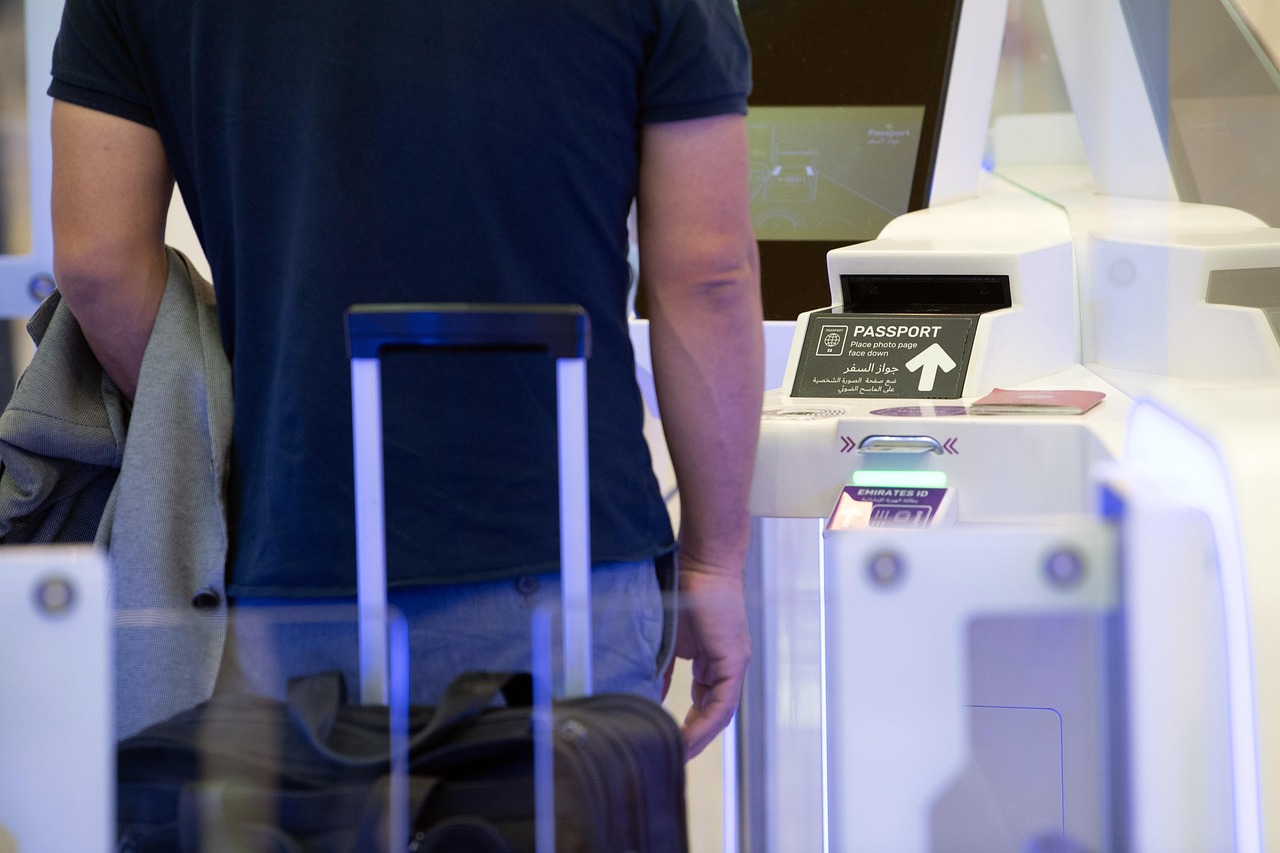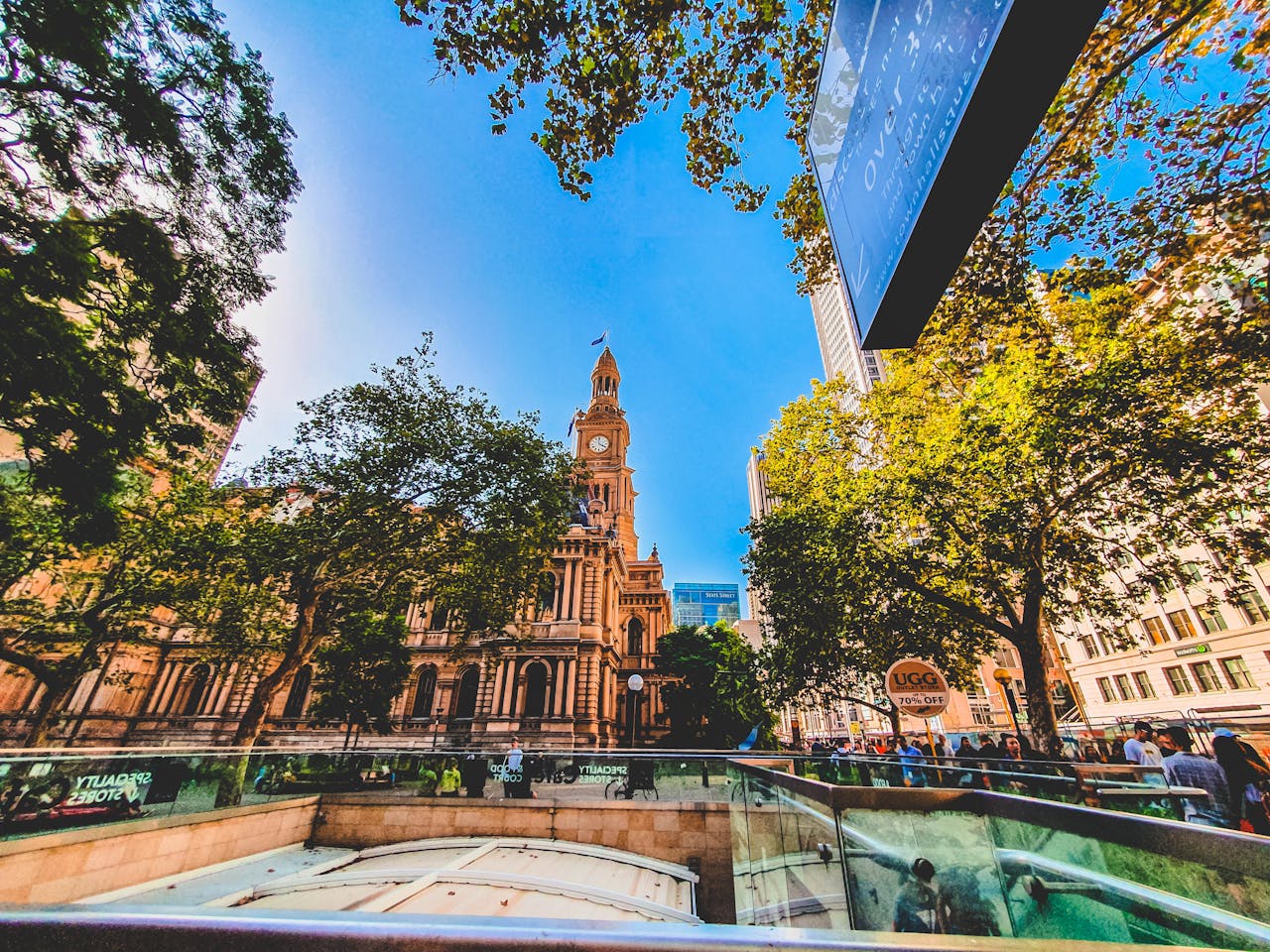Carry-ons used to be the easy part of flying. Pack smart, slide the bag up top, and go. That ritual is wobbling. Airlines are tightening measurements, weighing cabin bags in more regions, and redefining what counts as a personal item. People feel the pinch not only in space, but in the wallet. What this really means is simple: the rules above your head can now decide how your trip starts.
These changes aren’t random. They’re tied to speed at the gate, bin geometry, and a hard push to grow fee revenue. New aircraft bins hold more bags, yet space still runs out when policies are loose. So carriers are firming the line, and regulators in Europe are pushing back with proposals for standard free allowances. The result is confusion that spans continents and check-in kiosks.
The New Carry-On Crackdown

Gate sizers aren’t props anymore. On many routes, wheels and handles count and centimeters matter. If a bag bulges, expect a tag. Staff are doing this to keep boarding on schedule and reduce last-minute gate checks that jam the aisle. The message is consistent: measure twice at home and arrive ready, because the final decision happens at the boarding door.
Weight checks are spreading too, especially in Australia and parts of Asia. A bag that looks fine can still miss the cut if it tips over the limit. That surprises travelers used to dimension-only rules in the United States. The friction is obvious at security and the gate, where a quick weigh can flip a carry-on into a paid checked bag.
Southwest’s Pivot And Virgin Australia’s 2026 Plan

Southwest’s long-running two free checked bags are ending for new bookings on and after May 28, 2025. The first bag costs $35 and the second $45, with exemptions tied to fare type and status. It’s a landmark shift that aligns the airline with rivals and signals how central bag revenue has become across the industry.
Virgin Australia will change cabin rules from February 2, 2026: one overhead item up to eight kilograms for economy, plus a personal item within tighter dimensions. Business, Economy X, and higher loyalty tiers keep more generous allowances. It’s a cleaner rule on paper, but it pushes typical travelers toward leaner packing or paid options.
Airlines frame both moves as efficiency, but the outcome is familiar fewer freebies, clearer lines, and more ways to pay.
Loyalty still helps, yet the floor has moved for everyone else, and weekend trips now demand stricter bag math.
Different Skies, Different Rules

A carry-on that’s fine in Chicago might get rejected in Tokyo. Asian carriers tend to weigh bags; many European airlines police dimensions; U.S. lines lean on fees, groups, and sizers. One trip can mean three playbooks, which is why seasoned travelers check limits before they pick flights, not at the airport.
That patchwork won’t vanish soon. IATA floated uniform dimensions years ago and hit a wall of disagreement. With different aircraft mixes, network pressures, and pricing models, consistency is a hard sell. For now, assume variance and plan around it.
Europe’s Pushback, U.S. Fees, And The Boarding Math
In Brussels, lawmakers advanced a plan to guarantee one free cabin bag up to seven kilograms plus a personal item across the EU. It still needs to clear negotiations with member states and the Commission, but the direction is clear: less nickel-and-diming on basic hand luggage.
Airlines aren’t thrilled. Industry groups warned that mandatory free bags meddle with commercial choices and could just push costs back into base fares. The politics here are simple: passengers want clarity and a floor of fairness; carriers want pricing freedom.
Boarding time is money. U.S. estimates peg delay costs near one hundred dollars per minute, which is why enforcement and paid early boarding keep spreading. Faster aisles protect the schedule and the bottom line.
Ancillary revenue is the quiet engine globally past one hundred billion dollars with baggage a dependable piece of that pie.
The Personal Item Is Quietly Shrinking
Under-seat rules matter more than ever. American lists 18 by 14 by 8 inches for personal items, and agents increasingly check the shape, not just the tag. A soft backpack that once sailed through can be flagged if it mushrooms at the seams. Structure helps rigid laptop sleeves and cubes keep edges inside the box.
The fix is boring but effective: buy to the published box, pack flat, and keep overflow in a jacket or hands, not the side pocket that turns a yes into a no. The difference between a nod and a detour to the counter is often a few stray inches.
Safety Talk Versus Revenue Truths
Carriers cite turbulence and blocked exits to justify firmer limits, and those concerns are real. Overloaded bins can shift, and rushed boarding invites mistakes. Still, the financial story is loud. If policies nudge a slice of flyers to check bags, the fees add up across a network.
Hardware is changing too. Airbus Airspace XL and L bins can fit far more bags than older designs, and Boeing’s 737 Space Bins hold about fifty percent more. Bigger lids help with order and speed, but they also create a new product to sell priority space, early groups, even guaranteed bins on some carriers.
Travelers React: Workarounds, Outrage, And Status Fatigue

People adapt fast: compression cubes, strategic coats, and the infamous pillowcase hack. Social feeds are full of scale check videos and close-up sizer trials. Some tricks work until a bag hits the box or the scale, where policy replaces creativity in one motion. The wiser routine is dull choose a compliant bag and pack to it every time.
Status isn’t a force field anymore. Perks help, but full flights still create gate-check roulette, and guaranteed peace often requires paying for earlier groups. That gap between promise and reality fuels the online grumbling more than any single fee.
If there’s a silver lining, it’s transparency. Clear, published dimensions and weights let travelers plan with fewer surprises. The travel headache spikes when policies drift from the site to the jet bridge. The more airlines align training and signage with the rules they post, the easier everyone’s day gets.
What To Expect Next
Expect more bin retrofits on narrow-bodies, more pre-trip prompts to prepay carry-ons, and more sizers moved upstream from the gate to the lobby. That nudges compliance earlier and keeps aisles moving when it counts. Airlines will keep testing bundles that trade early groups and space assurance for a fee.
A global standard would be tidy. It’s unlikely. Regional habits and revenue models aren’t converging, and past pushes stalled. Plan for the patchwork and pack to the strictest rule on your route. It isn’t fun, but it works.


